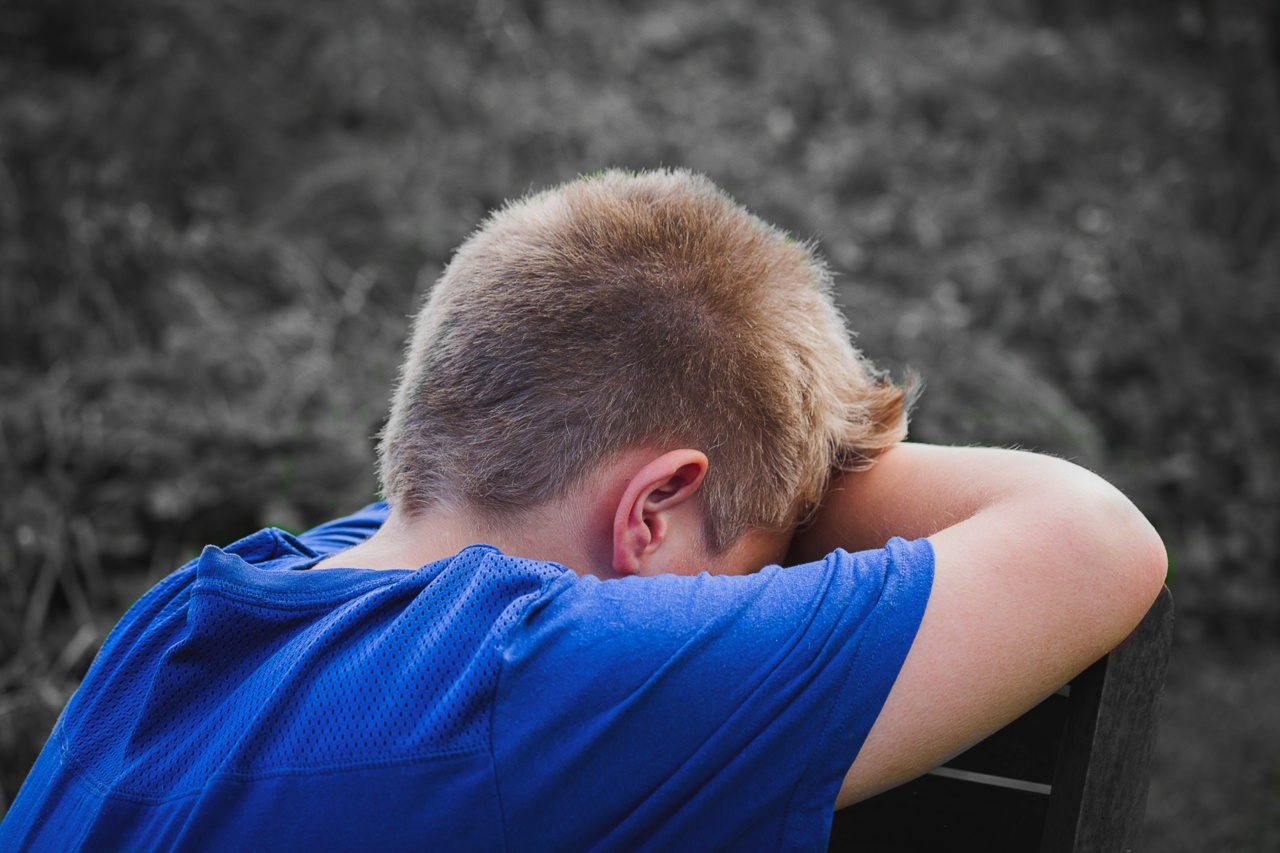The winter blues, also known as seasonal depression or seasonal affective disorder (SAD), is a type of depression that is related to changes in the seasons.
It usually starts in late fall or early winter and goes away during the spring and summer months. Seasonal depression is more common in countries far from the equator, where daylight hours vary more dramatically throughout the year.
What Causes Seasonal Depression?
The exact cause of seasonal depression is unknown. However, there are a few factors that may contribute to its development. One of the main theories is that seasonal depression is related to the lack of sunlight during the winter months.
This lack of sunlight can affect the body’s natural circadian rhythms, which can lead to changes in the production of hormones such as melatonin and serotonin.
Other factors that may contribute to seasonal depression include:.
- Family history of depression
- Increased stress levels during the holiday season
- Lack of social support
- Insufficient sleep
- Poor diet and lack of exercise
What Are the Symptoms of Seasonal Depression?
The symptoms of seasonal depression are similar to those of other types of depression, but they tend to occur during specific times of the year. Some of the common symptoms of seasonal depression include:.
- Feeling hopeless or helpless
- Lack of energy or fatigue
- Sadness or irritability
- Loss of interest in activities you once enjoyed
- Changes in appetite or weight
- Difficulty concentrating or making decisions
- Sleep disturbances, such as insomnia or oversleeping
How Can I Cope with Seasonal Depression?
If you’re experiencing seasonal depression, there are several things you can do to help alleviate your symptoms. Here are some tips:.
1. Get more sunlight
Try to spend more time outside during the day, especially on sunny days. If you can’t get outside, sitting near a sunny window or using a light therapy box can also be effective. Light therapy boxes can be purchased online or through your doctor.
2. Stay active
Regular exercise can help increase your energy levels and improve your mood. Try to get at least 30 minutes of exercise most days of the week. This can include activities like walking, jogging, cycling, or swimming.
3. Practice good sleep habits
Try to maintain a regular sleep schedule, even on the weekends. This can help regulate your circadian rhythms and improve your overall sleep quality. Avoiding caffeine and alcohol before bedtime can also help you sleep better.
4. Eat a healthy diet
Eating a balanced, nutritious diet can help improve your energy levels and mood. Try to include plenty of fruits, vegetables, whole grains, and lean proteins in your meals. Limit your intake of processed foods, sugar, and caffeine.
5. Seek social support
Connecting with others can help improve your mood and decrease feelings of loneliness. Try to spend time with family and friends or consider joining a support group.
6. Consider therapy
Talking to a mental health professional can be helpful in managing your symptoms of seasonal depression. A therapist can provide you with coping strategies and help you develop a plan for managing your symptoms.
When to Seek Medical Help
If your symptoms of seasonal depression are severe or impacting your ability to function, it’s important to seek medical help.
Your doctor may recommend antidepressant medication or refer you to a mental health professional for further evaluation.
If you are experiencing thoughts of self-harm or suicide, seek immediate medical attention or call the National Suicide Prevention Lifeline at 1-800-273-TALK.
Conclusion
Seasonal depression can be a challenging experience, but there are things you can do to help alleviate your symptoms. By staying active, getting more sunlight, and seeking social support, you can improve your overall mood and energy levels.
If your symptoms persist or worsen, seek medical help to ensure you get the treatment you need.





























